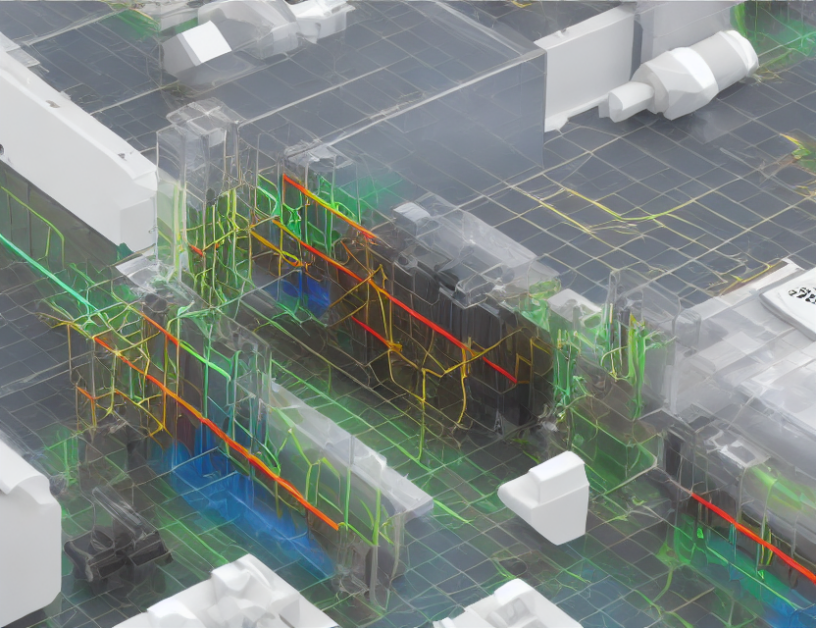Nanotechnology is a rapidly growing field that involves manipulating materials at the nanoscale (1-100 nanometers) to create new materials and devices with unique properties. In this article, we explore the use of nanotechnology in the development of high-performance and low-power logic transistors, which are essential components of electronic circuits.
Context and Methodology
To better understand how nanotechnology can improve transistor performance, researchers compared different materials and structures using a standardized method called "benchmarking." This involved measuring the electrical properties of various nanowire-based transistors made from different materials, such as InAs (indium arsenide) and GaAs (gallium arsenide).
On/Off Ratio and Subthreshold Swing
The on/off ratio and subthreshold swing (SS) are important performance metrics for transistors. The on/off ratio measures how well the transistor can switch between its "on" (informative) and "off" (non-informative) states, while SS captures the leakage current that flows when the transistor is in its off state. By comparing different materials and structures, researchers found that InAs nanowires had a higher on/off ratio and lower SS than GaAs nanowires.
InAs Nanowire Field-Effect Transistors (FETs)
InAs nanowire FETs were found to have better electrical properties compared to GaAs nanowire FETs, particularly in terms of their on/off ratio and SS. Covering InAs nanowires with Y2O3/HfO2 layers improved their electrical properties even further. These findings suggest that InAs nanowires are promising materials for high-performance logic transistors.
Low-Power Tunnel Field-Effect Transistors (FETs)
Mixed As and Sb based heterostructures were found to be suitable for low-power tunnel FET applications. These transistors have a much lower off-state current than conventional transistors, which can lead to significant power savings in electronic circuits.
Conclusion
In conclusion, this study demonstrates the potential of nanotechnology to improve the performance of high-performance and low-power logic transistors. By comparing different materials and structures, researchers identified InAs nanowires as promising materials for high-performance logic transistors. Additionally, mixed As and Sb based heterostructures were found to be suitable for low-power tunnel FET applications. These findings have important implications for the development of more efficient and powerful electronic circuits in the future.
Enhancing Electrical Properties of InAs Nanowire Field-Effect Transistors via Y2O3/HfO2 Layers



